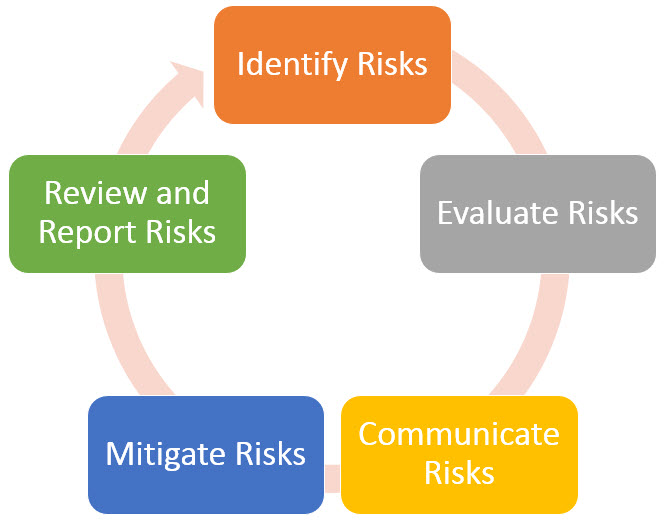So far, I discussed the first three stages a company should follow in order to establish a PMO within the organization:
- Planning the Transition
- Creating a PMO Governance
- Identifying and Developing Project Managers

Stage 4 – Creating a Project Methodology
Now let’s focus on Creating a Project Methodology that fits the company’s culture. In order to start this, the company must undergo a project management assessment to discover the current processes and any gaps that need to be addressed with the new PMO project methodology. This assessment should have been done in the first stage, Planning the Transition. The assessment can now give the company direction to create a robust project methodology for the newly established PMO by following these steps:
Define Project Management Methodology
To define the PMO methodology, first start by defining a project within the company. Of course, other resources define a project as a temporary, unique endeavor with a beginning and end which is conducted by a temporary team that has a specific outcome. Ok… how about within your organization? A few more questions to ask would be:
- What is the total budget for this project?
- How many are impacted by this project?
- What is the expected duration for completion of this project?
- Are there any regulatory bodies that must be complied with for this project?
Keep in mind that these are not the only things that a company would need to define for project definition. Once project definition has been established for the PMO, use the assessment from earlier as a reference to determine the Project Process Flow in which company projects are approved and managed. This process flow will be the backbone for the PMO Project Lifecycle which defines the phases or processes of the project from beginning to end.
In the Creating a PMO Governance stage, I spoke about Developing/Defining the Project Lifecycle process. This task still requires the input of all resources/stakeholders to agree upon the number and names of each phase, deliverables within the phases, and each milestone in the process. An example of a project lifecycle is shown below.

Defining a Risk Management Methodology
In order to have a successful PMO, a company will want to create a Risk Management Methodology in order to identify, classify and mitigate any uncertain events that may impact the success or failure of the project. The Risk Management Plan should have an overall Risk Management Cycle which visually displays the PMO’s methodology to do the following:

- Identify risks – Develop a method to thoroughly identify any risks that have a potential impact upon the success or failure of the project.
- Evaluate risks – Determine the criteria in which to prioritize each risk through the probability and impact upon the project.
- Communicate risks – Define the channels in which to communicate risks to the project team, stakeholders and executive management.
- Mitigate risks – Develop a way for project teams to track and mitigate each risk through the life of the project.
- Review and Report risks – Define the channels in which to review and report risks through the life of the project and into future projects.
Measure Project Delivery
Now that the new PMO Methodology is defined, a good way to show executive management Return on Investment is by capturing current project delivery data and comparing it with the new PMO Methodology. Measurement of current project delivery can be used as a baseline once the PMO Methodology goes live. By capturing this data prior to implementing the PMO in an organization, the company can compare and contrast actual values from pre-PMO and post-PMO implementation.
Develop a Continuous Improvement Process
Once the PMO is established and is in a steady state within the organization, it is important to review the processes for continuous improvement. By developing a Continuous Improvement Process, the PMO will have a greater chance of overall adoption within the company and will mature at a greater rate. As the PMO reviews processes and methodologies with a constant improvement process, more complex processes will be introduced giving the company greater visibility into the details of each project and how it is driving business value.
Now that the Project Methodology is underway, it is now time to focus our attention on Creating a Resource Management Process. Next time, I will discuss the proper way to define and establish resource management for the establishing PMO.
——
Thanks for reading and feel free to leave any comments or insights.

